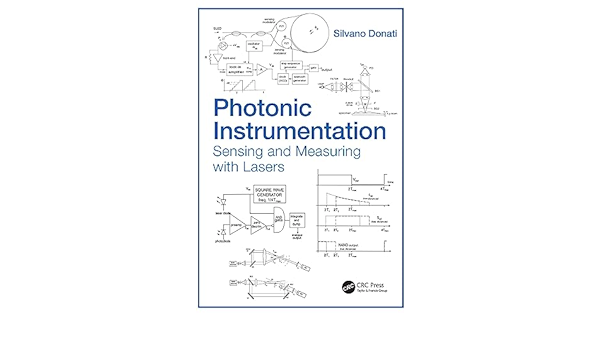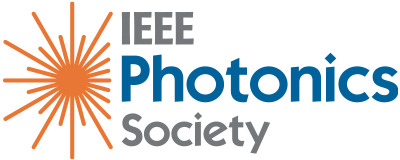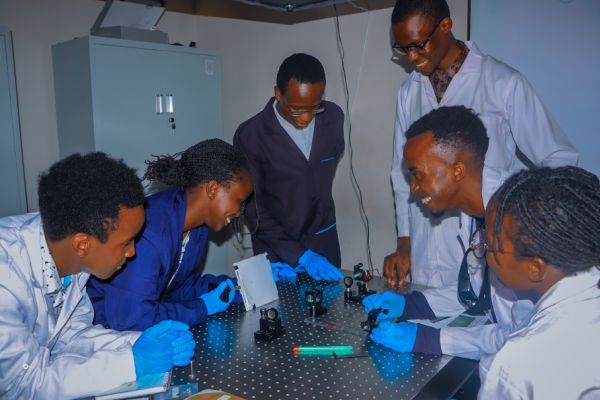Reviewed by Sheng-Kwang Hwang, National Cheng Kung University, Taiwan
Full Book Title: Photonic Instrumentation: Sensing and Measuring with Lasers, by Silvano Donati CRC Press, 2023

It has been 14 years since the IEEE Lasers and Electro-Optics Society (LEOS) changed its name into the now more familiar IEEE Photonics Society. That name change came in part as the areas of interest of the Society evolved and deployable technology matured to the point that photonics better captured the broad field concerned with the generation, detection, control, and applications of light. Similarly, the new volume by Silvano Donati, Photonic Instrumentation, is a fresh update after 19 years to his earlier volume, Electro-Optical Instrumentation. Indeed, as Donati mentions in the introduction, the present volume is essentially the second edition of his earlier work; however, with an apt name change to better reflect the change in terminology widely accepted throughout the field.
Photonic Instrumentation has the same structure and character as its predecessor, being relevant to master’s and doctoral university courses in physics and engineering. The book is an introductory guide to instrumentation design and applications with an emphasis aimed at the development of working prototypes. Also addressed is the need for university courses that cover this type of material, rather than students needing to figure it out for themselves when they enter the laboratory.
Looking at the contents of the book, there are a few chapters (e.g. alignment and sizing, speckle pattern, velocimetry, and fiber sensors) that have received minor updates or expansions. Other chapters (e.g. rangefinders, interferometry, and gyroscopes) have been substantially expanded to cover new topics like LiDAR and slow-wave distance meters for automobiles, integrated optics interferometry, comb-frequency interferometry, short- and long-standoff vibrometry, optical coherence tomography for industrial and biomedical application, and Schupe effects in gyroscope coils. Some chapters (e.g. self-mixing and quantum sensing) are totally new additions by Donati. Hence, about 20% of the book, totaling over a hundred pages, is newly written material.
One aspect consistently emphasized in the book, in addition to the leitmotiv of explaining the working principle of each instrument described in the text, is the analysis of the ultimate limit of measurement as set by noise. A stand-out feature of the book is the numerous illustrations and schematics (more than 300) that greatly facilitate the understanding of instrument development and are the starting points for design.
Another new feature of the book, quite useful for teaching purposes, is the set of problems available at the end of each chapter, a total of about one hundred. The author writes in the preface that he will supply the booklet of solutions to prospective teachers. Finally, and even more interesting to teachers officially adopting the book for a course, there is a package of 400 slides available for classroom lessons.
In conclusion, this book is a welcome addition to the literature and a good reference for anyone interested in the subject matter of Photonic Instrumentation.




